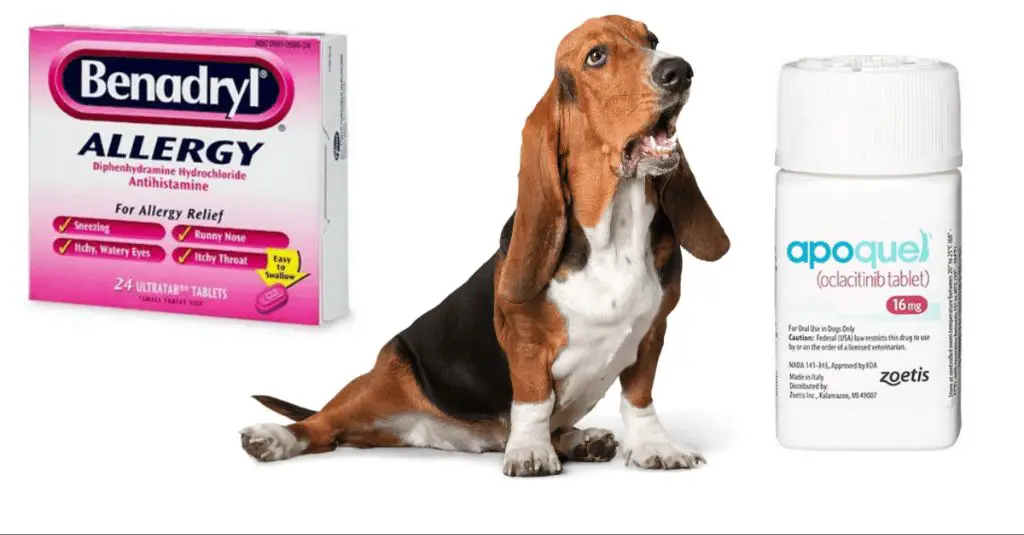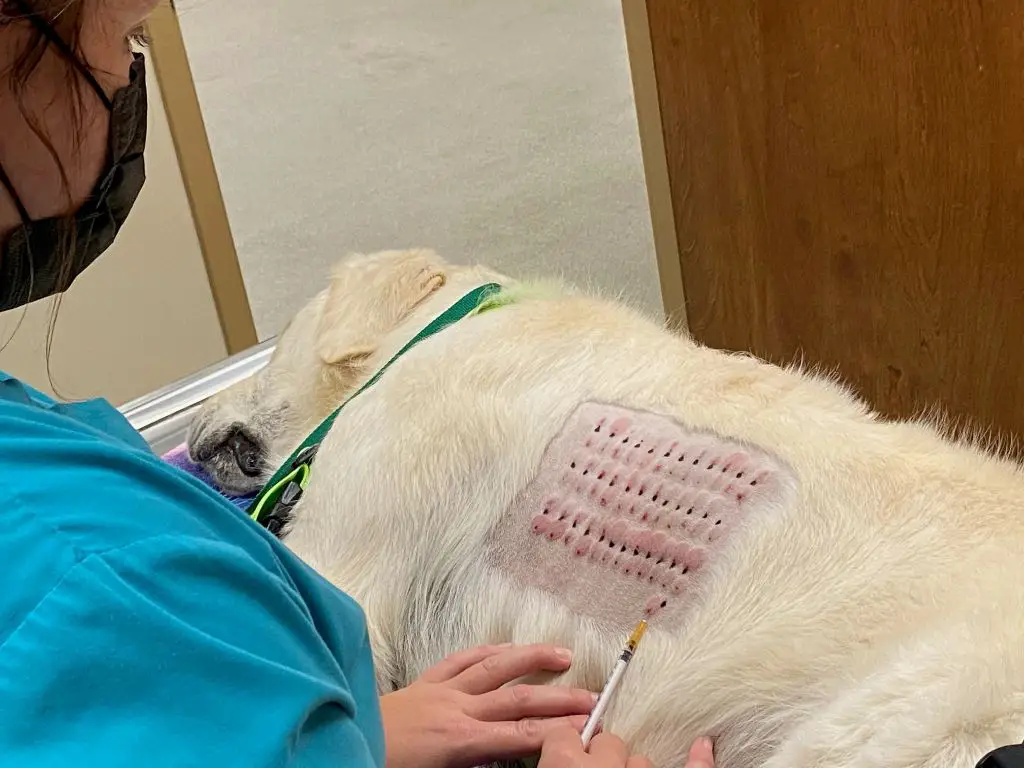Understand Dog Allergies
Dog allergies are caused by proteins found in a dog’s dander, saliva, and urine. When a person with dog allergies is exposed to these proteins, their immune system reacts by releasing histamine and other chemicals that cause allergy symptoms. The most common symptoms of dog allergies include sneezing, runny nose, itchy eyes, and sometimes a rash. Unlike some other allergies, dog allergies do not get better over time with continued exposure. In fact, symptoms usually worsen with more contact with dogs.
Avoid Exposure
One of the most effective ways to stop dog allergies is to avoid exposure to allergens as much as possible. Here are some tips:
-
Keep dogs out of your bedroom and restrict them to non-carpeted areas of your home as much as possible. Dog allergens can accumulate in fabrics and carpets.
-
Vacuum carpets and dust surfaces regularly using a HEPA filter vacuum. This helps remove dander and other allergens.
-
Wash your hands immediately after touching dogs. Don’t let dogs lick your face or hands, as that spreads saliva allergens.
-
Consider keeping dogs outside as much as possible if you have severe allergies. Even a few hours a day of reduced exposure can help.

By limiting your contact with contaminants from your dog, you may experience significant allergy relief relatively quickly.
Take Antihistamines
One of the fastest ways to reduce dog allergy symptoms is to take an over-the-counter antihistamine. Antihistamines work by blocking the release of histamine in your body, which is responsible for many allergy symptoms. Common antihistamine medications like Allegra, Claritin, and Zyrtec can provide relief within an hour or two of taking them by mouth.
Antihistamine nasal sprays like azelastine (Astelin, Astepro) and olopatadine (Patanase) act directly on your nasal passages and can also provide quick relief from runny nose, sneezing, and other nasal allergy symptoms triggered by dogs.

The main side effects of oral antihistamines are drowsiness and dry mouth. Nasal sprays can sometimes cause nosebleeds or headaches. But overall, antihistamines tend to be very safe medications when taken as directed for short periods. They provide a simple way to rapidly reduce dog allergy symptoms until you can take other measures to avoid allergen exposure.
Use Nasal Sprays
Nasal sprays can help provide fast relief for dog allergy symptoms by reducing inflammation and congestion in the nasal passages. Steroid nasal sprays like fluticasone work by reducing swelling and inflammation. Saline nasal sprays help flush out mucus and allergens while keeping nasal tissues moist.
To use nasal sprays effectively for dog allergies:
- Ask your doctor about prescription steroid nasal sprays like fluticasone (Flonase). Use as directed.
- Use saline nasal sprays to help clear nasal passages. Spray saline into each nostril several times per day.
- Alternate between steroid and saline nasal sprays for optimal relief of congestion and inflammation.
- Be patient. It may take several days of regular use before nasal sprays provide full relief.
- Use nasal sprays in combination with oral antihistamines for a more comprehensive allergy treatment plan.

Nasal sprays can provide fast-acting symptom relief for dog allergy congestion. Work with your doctor to find the right nasal spray regimen to help control your allergy symptoms.
Try Allergy Shots
Allergy shots, also known as immunotherapy injections, can help build tolerance to allergens over time. Allergy shots work by exposing you to tiny amounts of the allergen, allowing your immune system to get used to it. The amounts are gradually increased over several months.
Allergy shots are given regularly for a period of 3 to 5 years. It usually takes at least 6 months before you begin to see symptom relief. Full benefits are typically seen after about a year of consistent allergy shot therapy. So this option does not provide immediate relief, but can significantly reduce allergy symptoms over time.
Talk to an allergist to see if immunotherapy injections are recommended for your specific dog allergy situation. While allergy shots do require an investment of time, they can provide long-lasting benefits and may even lead to a cure for certain allergies.
Bathe Your Dog
Bathing your dog regularly can significantly reduce the amount of dander and allergens on their skin and coat. Dander is tiny flakes of skin that dogs naturally shed all the time. For people with dog allergies, these flakes can trigger allergy symptoms when inhaled. Bathing washes away much of the dander and helps limit allergen exposure.
Use a gentle, allergen-reducing shampoo when bathing your dog. Look for formulas with ingredients like oatmeal, aloe vera, and essential oils that soothe skin and coat while lifting away allergens. Shampoos labeled “hypoallergenic” or “for sensitive skin” are good options.
Aim to bathe your dog once or twice per week. Bathing more frequently can dry out your dog’s skin, while less often allows more dander and allergens to accumulate. Aim for a schedule that keeps their coat clean without over-drying. Be sure to thoroughly rinse all shampoo residue after bathing.
Bathing regularly disrupts the allergen supply at the source, helping provide some immediate relief of allergy symptoms. Along with other methods, bathing can significantly reduce allergen levels and minimize allergic reactions.
Air Filters and Purifiers
Using air filters and purifiers can be an effective way to remove allergens like pet dander from the air in your home. HEPA (High Efficiency Particulate Air) filters are especially useful for trapping pet dander and other allergens. HEPA filters remove 99.97% of particles sized 0.3 microns or larger, including pollen, dust mites, mold spores, and pet dander.
Placing HEPA air purifiers or filters in the rooms where you spend the most time, like the bedroom and main living areas, can significantly reduce the levels of airborne allergens. This helps create cleaner air for you to breathe, lowering allergy symptoms. Look for units with a large enough capacity and CADR (clean air delivery rate) to filter the size of room you need.
While air purifiers can’t completely eliminate all allergens, using them along with other methods like frequent vacuuming, washing bedding on hot, and restricting pets from bedrooms can help minimize allergy symptoms.
Wash Bedding
Washing your bedding frequently in hot water is an effective way to reduce dog allergens in your home. Use the hottest water setting recommended by the manufacturer to help denature the proteins that cause allergic reactions. Detergent helps remove dander, saliva, and urine residue that collects on sheets and blankets. Aim to wash your bedding at least once per week, or more often if your dog sleeps in your bed or regularly enters bedrooms. Having clean bedding can make a significant difference in lowering allergen levels and minimizing symptoms.
Consider Allergy Medications
Newer oral allergy medications like Xolair may be able to provide relief for dog allergies. Xolair blocks IgE, an antibody involved in the allergic response. By preventing IgE from attaching to cell receptors, Xolair disrupts the allergic cascade.
Talk to your doctor or allergist to see if Xolair or another oral allergy medication may be a good option for managing your dog allergy symptoms. These medications can dampen your allergic response and provide sustained relief when avoiding exposure is difficult. Your doctor can help determine if you are a candidate for these medications based on your medical history and allergy test results.
See an Allergist
It’s a good idea to schedule an appointment to see an allergist if your dog allergies are severe or not improving with over-the-counter treatment methods. An allergist is a specialist who is trained to diagnose and treat all types of allergies in a professional setting. Allergists can help get to the root cause of your dog allergies and develop a customized treatment plan to relieve symptoms.
Some things you can expect at an allergist appointment:
- – Allergy testing. The allergist will likely do a skin prick test or blood test to identify which proteins you are allergic to. This helps determine if you are specifically allergic to dogs or other triggers as well.
- – Customized treatment plan. Based on the allergy test results, the allergist can create a tailored treatment regimen just for you. This may include medications, allergy shots, and lifestyle changes to minimize exposure.
- – Allergy shots if needed. If your allergies are severe, allergy shots or immunotherapy may be recommended. This involves getting injected with small amounts of the allergen to gradually desensitize your immune system over time.

Seeing a professional allergist can provide relief when over-the-counter methods aren’t enough. An accurate diagnosis and the right treatment plan can help minimize dog allergy symptoms and improve your quality of life.